Telecommunications
First International Communications Satellite
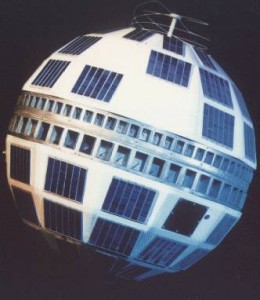
The world’s first experimental international communications satellite, Telstar I, is launched into orbit. Built by Bell Labs and launched by NASA, Telstar 1 was a collaboration between the US, Britain, and France. Telstar I introduced the world to trans-Atlantic video feeds and ushered in a new era of communication. For example, in August of that year, Telstar I became the first satellite to synchronize time between the UK and the US, bringing them to within 1 microsecond of each other, where 2000 microseconds had been the previously most accurate effort. Telstar 1 was also the first satellite to send data between 2 computers, doing so in October of that year between two IBM 1401s in Endicott, New York and La Gaude, France.
For all its technological achievements, Telstar 1 was damaged by high levels of radiation in the Van Allen radiation belts primarily due to high altitude nuclear bomb testing by both the United States and the Soviet Union in 1962. It went out of service in November of that year, only 4 months after its launch. It was able to be restarted in January of 1963 but in late February it failed again and was not able to be placed back in service. Telstar 2 was launched a few months later in May of 1963, using radiation-resistant transistors and launched at a higher altitude to reduce the amount of time in the Van Allen radiation belts. Telstar 2 stayed in operation for 2 years. The success of the two Telstar satellites, along with other experimental satellites launched in the few years after 1962 helped paved the way for the first commercial geosynchronous communication satellite, Intelsat I in 1965. Both Telstar 1 and 2, although no longer in service, still orbit the Earth to this day.
The Transition to Transistors Begins
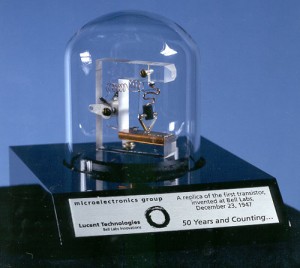
Originally designed to create improvements to electromechanical relays and vacuum tubes in telephone switching equipment, Bell Labs holds a press conference in New York to publicly demonstrate the first point-contact transistor. The transistor represents a significant advance in technology. As it is developed over the next few years, it will become the successor to the vacuum tube, the primary method of controlling electronic circuitry at the time. The use of transistors allows the development of the integrated circuit and microchips which kickstarted the rapid advance of electronic and computerized technology over the last 70+ years. Every industry that utilizes technology, from communications to computers to space travel to video games to media, owes a great deal to the development of the transistor.
The Phone That Changed Everything
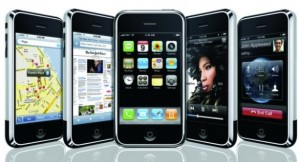
Nearly 6 months after it was introduced, Apple’s highly-anticipated iPhone goes on sale. Generally downplayed by Old Word Technology pundits after its introduction, the iPhone was greeted by long lines of buyers around the country on that first day. Quickly becoming an overnight phenomenon, one million iPhones were sold in only 74 days. Since those early days, the ensuing iPhone models have continued to set sales records and have completely changed not only the smartphone and technology industries, but the world as well.
First Commercial Communications Satellite Activates
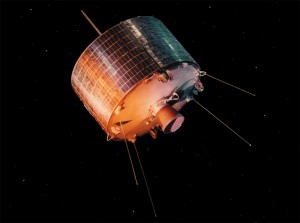
Intelsat I, the first commercial communications satellite, is activated for service. It was nicknamed “Early Bird” after the famous proverb, and became famous for carrying the first commercial telephone call between America and Europe, as well as helping provide TV coverage of the Gemini 6 splashdown.
Laying of First Transatlantic Telephone Cable
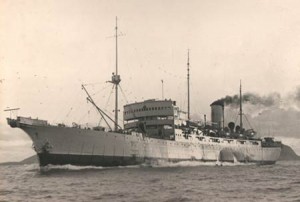
The HMTS Monarch, the largest cable laying ship in the world at the time, launches from Clarenville, Newfoundland to begin laying TAT-1, the first Transatlantic telephone cable. TAT-1 would be inaugurated 15 months later on September 25, 1956. TAT-1 may be best known for carrying the famous “hot line” between the United States and the Soviet Union during the Cold War.
iPhone 4 Goes on Sale
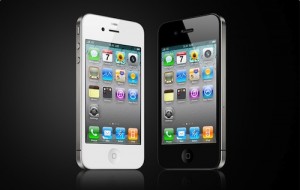
After a wild lead-up involving a prototype being lost at a bar, Apple’s iPhone 4 officially went on sale. Later the iPhone 4 would then become the subject of the Antennagate controversy. With so much attention given to the phone, it really was no wonder that it went on to set sales records.
Crossing the Atlantic With Cable

Two ships head out to begin work on what will become the first operational Transatlantic cable. Previous attempts at laying a Transatlantic cable had failed. Designed for telegraph operation, the cable run is completed on August 5th and the first test message is sent on August 12th. However, after being used to send a total of 400 messages, including between US President James Buchanan and England’s Queen Victoria, the cable fails on September 18th and repair was not possible at the time. While this short-lived experiment seemingly ended in failure, it proved that it was possible to manufacture, lay, and operate a Transatlantic cable, setting up the feasibility of future global communications.
Really Geeky Modem Technology Patented
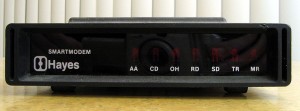
Michael Eaton is granted a patent for the AT Command Set for Modems, which had created a standard language for interacting with modems. Two years earlier, the rights for this command set were purchased by the Hayes Corporation and incorporated into the Hayes Smartmodem 300 as the “Hayes Command Set.” The protocol will become an industry standard used for years to come.
In the early 90’s, needing to use modems so that I could connect to pre-Internet bulletin board systems, I learned the AT command set. I then used and supported modems extensively for about 15 years, and occasionally still do. Because I worked with modems so much, I used to be able to speak the AT command set in my sleep. I know, it impresses the ladies.
Palm Pre Released
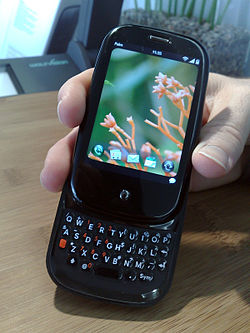
Palm, Inc. releases the Palm Pre smartphone through Sprint in an attempt to regain marketshare, after their Treo line of smartphones is dwarfed by Apple’s iPhone. Featuring the Linux-based Palm webOS operating system, the Pre receives some praise from technical reviewers, but due to poor marketing and the rapid pace in which Apple dominates the New World of smartphones, Palm’s series of phones and the webOS never really have a chance to gain a foothold. Within the course of one year, Palm is purchased by HP for $1.2 billion. One year later, after just 2 months of abysmal sales of their TouchPad tablets, HP halted production of all webOS-based devices. HP later released webOS under an open source license, sold the operating system to electronics manufacturer LG, and the webOS and Palm patents to Qualcomm. Today, LG licenses webOS from Qualcomm as the operating system for their smart televisions, smart refrigerators, and smart projectors. webOS also lives on in open source form.
First Telegraph Service Launched
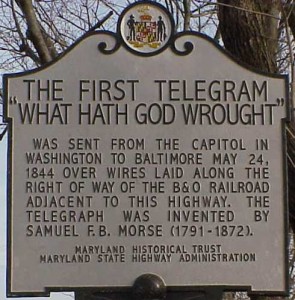
Samuel Morse sends the first telegraphic message over a line from Washington, D.C. to Baltimore. The message, “What hath God wrought!” was transmitted to his partner, Alfred Vail, who retransmitted the same message back to Morse. This formally opened America’s first telegraph line, launching America’s first form of instant communication in history. The biblical text was selected by Annie Ellsworth, the teenage daughter of the U.S. Commissioner of Patents.
